tic process automation (RPA), machine learning (ML), artificial intelligence (AI) and many others.
Supply chain leaders should take the opportunity to attract and hire Gen Z and maximize their effect on supply chain digitalisation. They should consider the following three steps when designing their strategy and roadmap for the supply chain of the future.
Automation
The first step will be to identify and automate all repetitive, non-value-added human activity. There’s a great number of tasks and processes such as procure-to-pay and customer claim management that can be automated. RPA is considered the primary technology for those initiatives.
“Over the next five years, supply chain leaders will roll out more coordinated and impactful RPA initiatives, as the technology is maturing very rapidly, and we’ll see mainstream adoption,” Manenti said.
“This is also the phase where more members of Gen Z enter the supply chain workforce, changing the employees’ mindset and preparing the ground for the next level.”
Augmentation
Between 2025 and 2030, many hyperautomation technologies, such as machine learning, are expected to mature and enter mainstream adoption. They will help automate supply chain decision-making by augmenting human judgment. Hyperautomation technologies will be available to increase the accuracy and speed of decision making, for example by scanning terabytes of real-time supply chain data and providing insights, which is impossible to do by humans alone.
This is the time when Gen Z employees progress into leadership positions. As this happens, the process of adopting hyperautomation will speed up, as will awareness and acceptance for those technologies.
Autonomy
The final destination is supply chain autonomy, when all human low-value activities in the supply chain will be largely automated. This future supply chain will have minimal direct human involvement and interference from a traditional work perspective, which will suit the expectations of Gen Z employees. Supply chain employees will focus their efforts on tasks such as defining the supply chain strategy, driving innovation, taking care of customer service and experience, and controlling AI data from being biased.
“All of the supply chain leaders we interviewed agree that, at some point beyond 2030, a large majority of their supply chain activities will most likely become autonomous and self-healing,” Manenti said.
However, he said they don’t expect a lights-off supply chain, with no people at all.
“They agree that hyperautomation is the opportunity to free up people’s time for the value-added work that only humans can perform. The ingenuity and empathy of the human brain can’t easily be replicated,” he concluded.






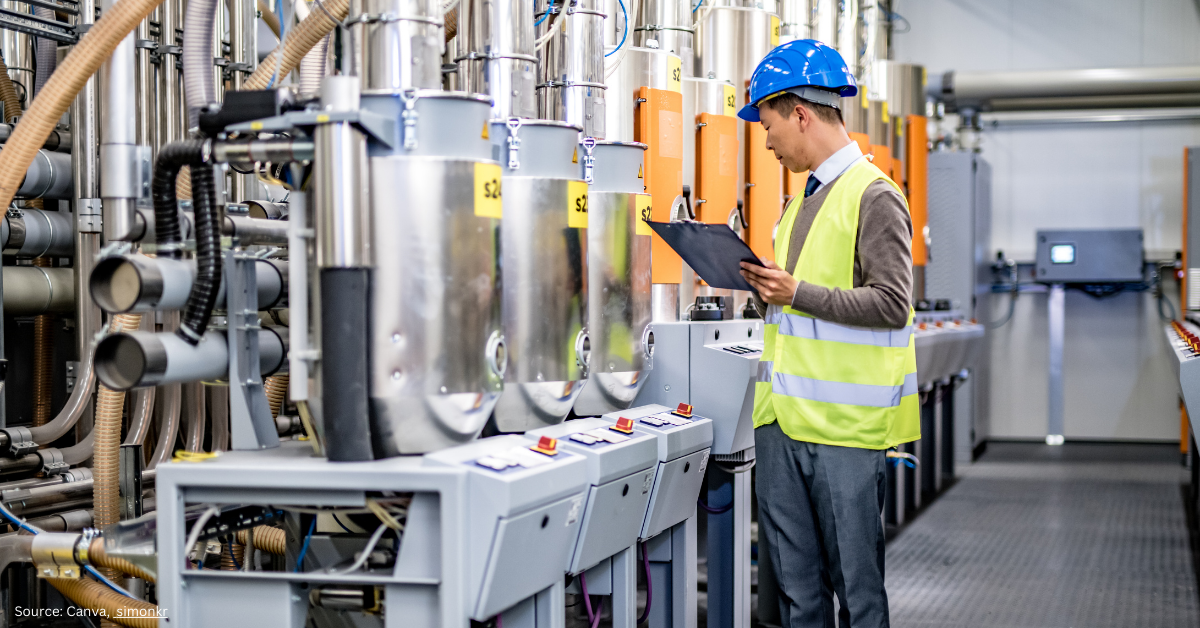




























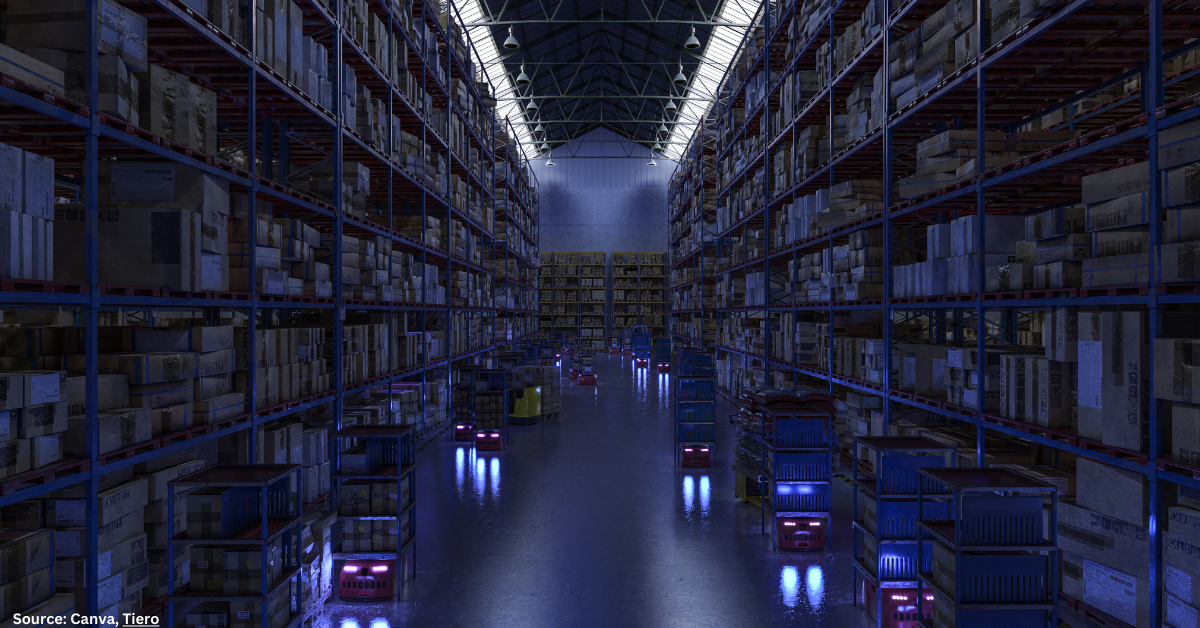
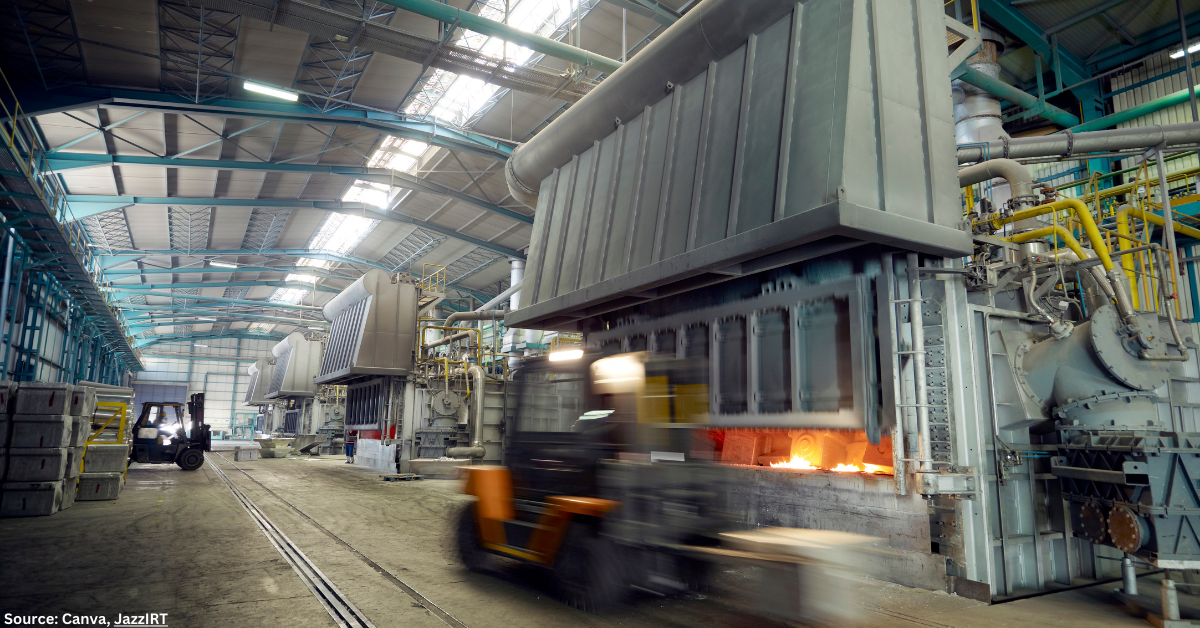
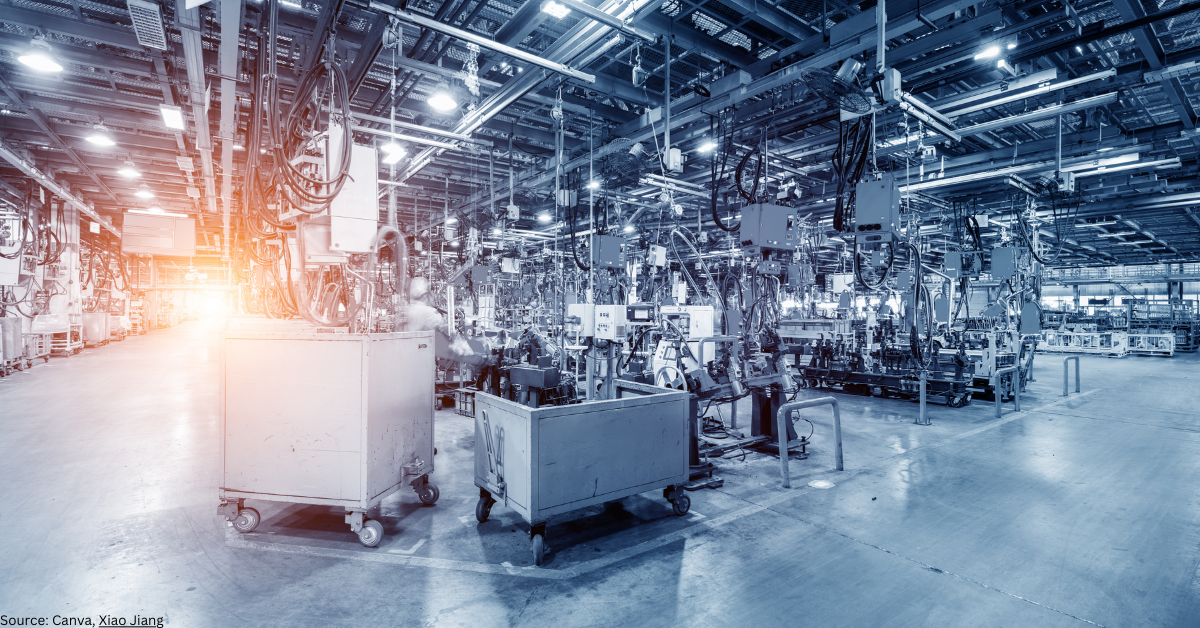
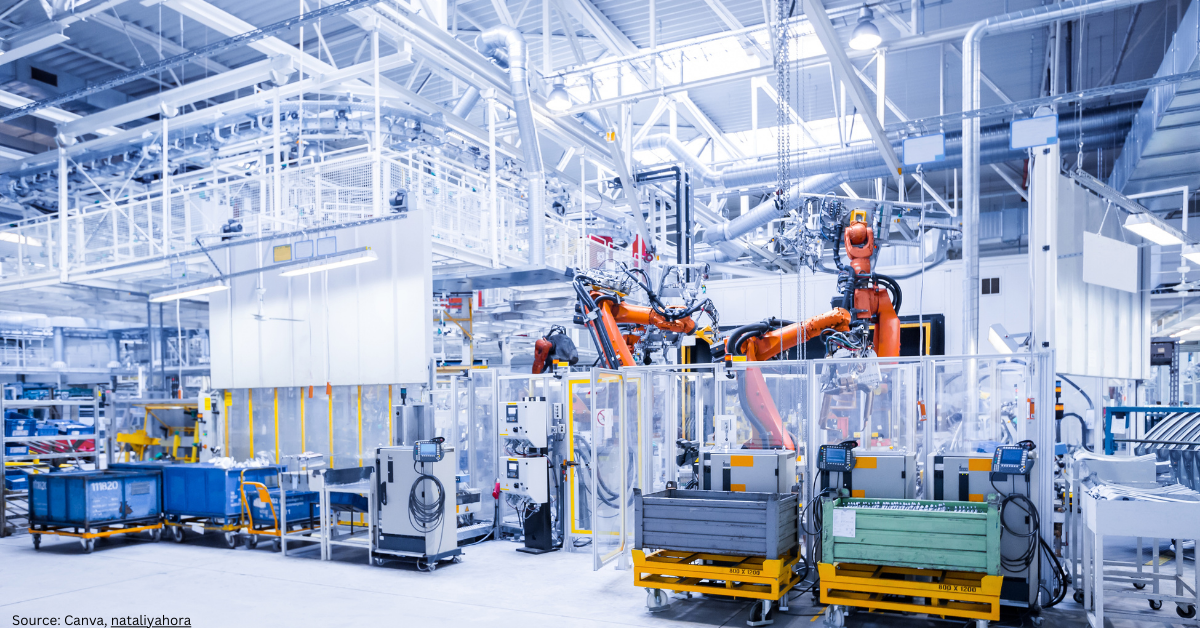





















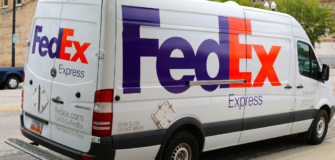
Follow us on social media